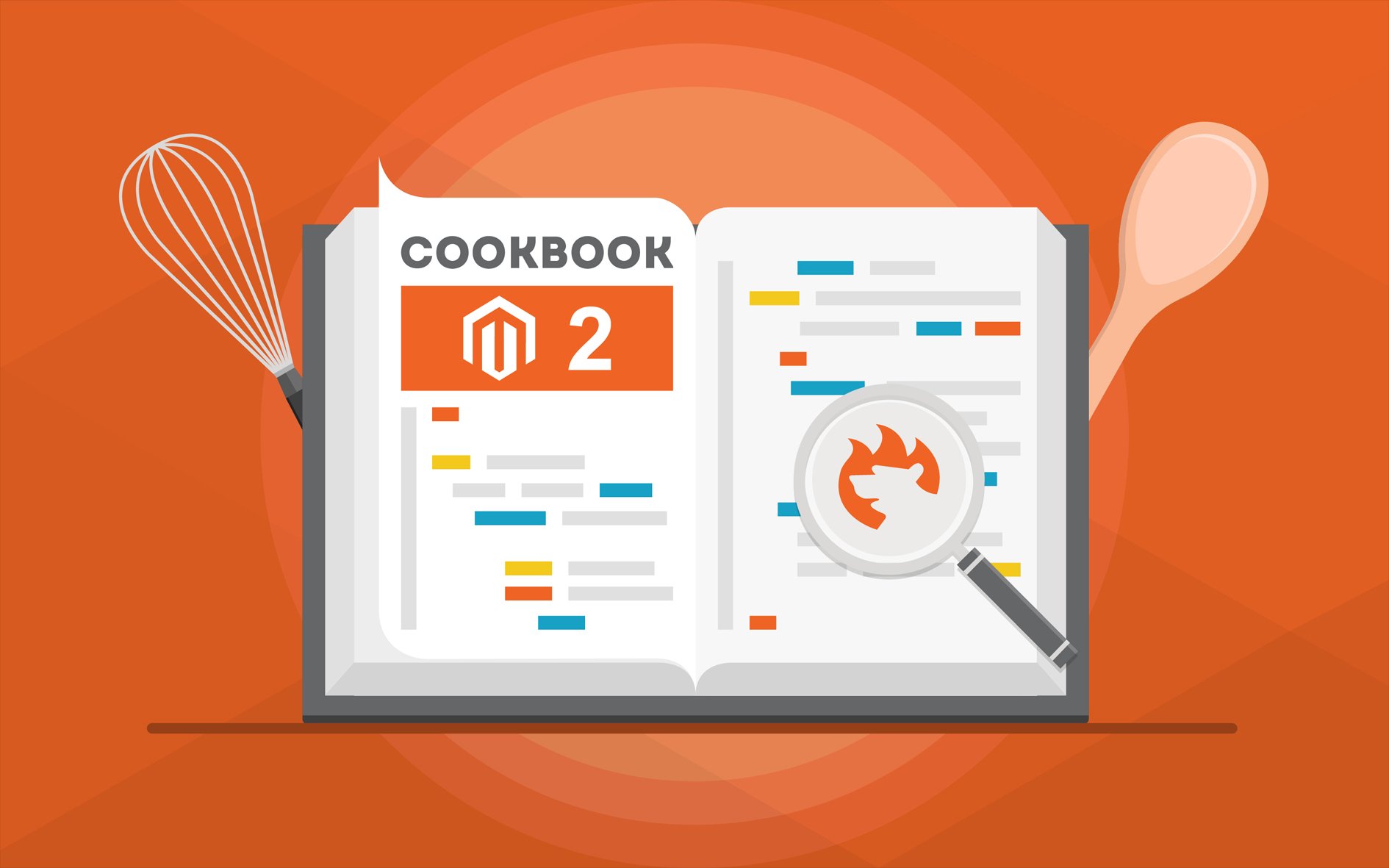What are JavaScript validators in Magento 2?

In case you are looking for Magento 2 JavaScript validators, below we have them listed in a table. Continue Reading


In case you are looking for Magento 2 JavaScript validators, below we have them listed in a table. Continue Reading

If you don;t know how to load subcategories for a particular category in Magento 2, you’ve come to the right place. Below, we will explain this procedure. Continue Reading

To let a Magento 2 extension add a custom attribute to customers, use the following code: Continue Reading

It has been a year now since Google announced mobile friendliness to have become an important factor for determining the relevance of a website. This seems to be inevitable if we consider the fact that each year there are more and more people preferring mobile over desktop for surfing the Internet, communicating, working, and relaxing. Every fourth instance of an Internet search is performed through a mobile device, while almost 80% of all smartphones are used for local search purposes. Moreover, due to the functional differences, searching on PC and searching on mobile is performed in a completely different way. With this information in mind, E-Commerce businesses should obviously start thinking about enhancing their online presence by meeting the needs of mobile searchers and their devices.
Becoming mobile-friendly is the first requirement of a good mobile search engine optimization strategy. Like traditional SEO, mobile SEO allows you to rank higher in SERPs, but the actual ways of achieving this aim are a bit different in the latter one. The concept of mobile friendliness is linked to the mobile user himself, what he expects to see when tapping on your link, and how he is to behave on the mobile version of the site. However, mobile SEO is much more than that. It is an opportunity to use technological growth for the sake of the growth of your own company.
So, this definitive guide is going to answer all your questions concerning mobile SEO and the ways of making your website both mobile-friendly and technically efficient. Note that the following article can be used as a Magento mobile SEO guide. The information gathered below is aimed at various platforms and websites, so you can easily leverage it while optimizing your ecommerce business. Continue Reading

Today we’d like to share our own developer guide to Magento Marketplace. If you are a Magento merchant, check this one – Magento Marketplace Merchant Guide, but if your are going to sell your products through the new platform, you’ve come to the right place. Below, we will describe how to work with the marketplace.

Magento Commerce launched a new product, and it seems that cloud ecommerce is on the cusp of the modern era; therefore we’d like to describe the new platform more precisely. The leading ecommerce provider enhanced its portfolio with a PaaS environment called Magento Commerce (Enterprise) Cloud Edition. The solution is based on Magento 2 and incorporates a lot of additional tools, services, and technologies. It runs on Amazon Web Services Cloud and provides such performance management tools as New Relic APM Pro and Blackfire.io Enterprise.
The platform was built with innovative ecommerce experiences in mind, so it offers a rapid deployment of fully customizable storefronts, which are highly scalable and secure. And since Magento Commerce added a leading hosting and managed services infrastructure into the mix, we consider Magento 2 Commerce (Enterprise) Cloud Edition a leading ecommerce solution from the cloud for the next few years. But why is it better than its counterparts?

We are happy to introduce you to the next-generation marketplace of digital solutions aimed at the Magento platform. Magento Marketplace is a place where you can get a curated selection of the most reliable solutions, designed to improve your ecommerce business. As for developers, it also offers a lot of new benefits and opportunities, but they are described in another guide – Magento Marketplace Developer Guide. In this article, we will explore Magento Marketplace from the perspective of ecommerce merchants.

Search engine optimization has been actively used by website owners ever since search engines came to be part of our world. Numerous SEO techniques have been introduced to help businesses improve their visibility on the web, starting with keyword optimization and ending with user-oriented website localization. However, there have always been those who tried to go beyond the rules in order to get more profit than others and in the fastest way possible. That is when black hat SEO was born.
Although Google and other search engines keep on improving their algorithms to prevent wrongfully inflated websites from being visible in the search results list, black hat SEO is still quite tempting for many E-Commerce businesses that strive for improving their positions in the niche. However, we will try to prove to you that none of the black hat SEO techniques is worth using by any business even in the most exceptional circumstances. In this guide, we will explain the basics of black hat SEO, how you can recognize its potential presence on your website, and what awaits you if you dare to use it for your own marketing campaign.
Recently, we wrote about Amasty Order Attributes – Magento extension that provides the ability to gather additional information about your customers. Another way to get precise data is introduced with the Amasty Customer Attributes module. Being a powerful tool designed to get the necessary information right from your customers, it adds new fields on the registration page. As a result, you can easily find out a customer’s age, interests, and preferences, or even receive necessary documents.
Amasty Customer Attributes provides the ability to add an unlimited number of fields, displays the collected data most efficiently, and supports multiple field types. As a result, you get all information necessary for conducting an effective customer segmentation and building a thought-out marketing strategy. The extension is available for both Magento 1 and Magento 2.
Below, we’d like to introduce you to Magento Product Manager Toolkit by Amasty – an extension that essentially simplifies product management operations within an ecommerce store. If you want to spend less time and effort on managing products, you’ve come to the right place. So why is Product Manager Toolkit so valuable?